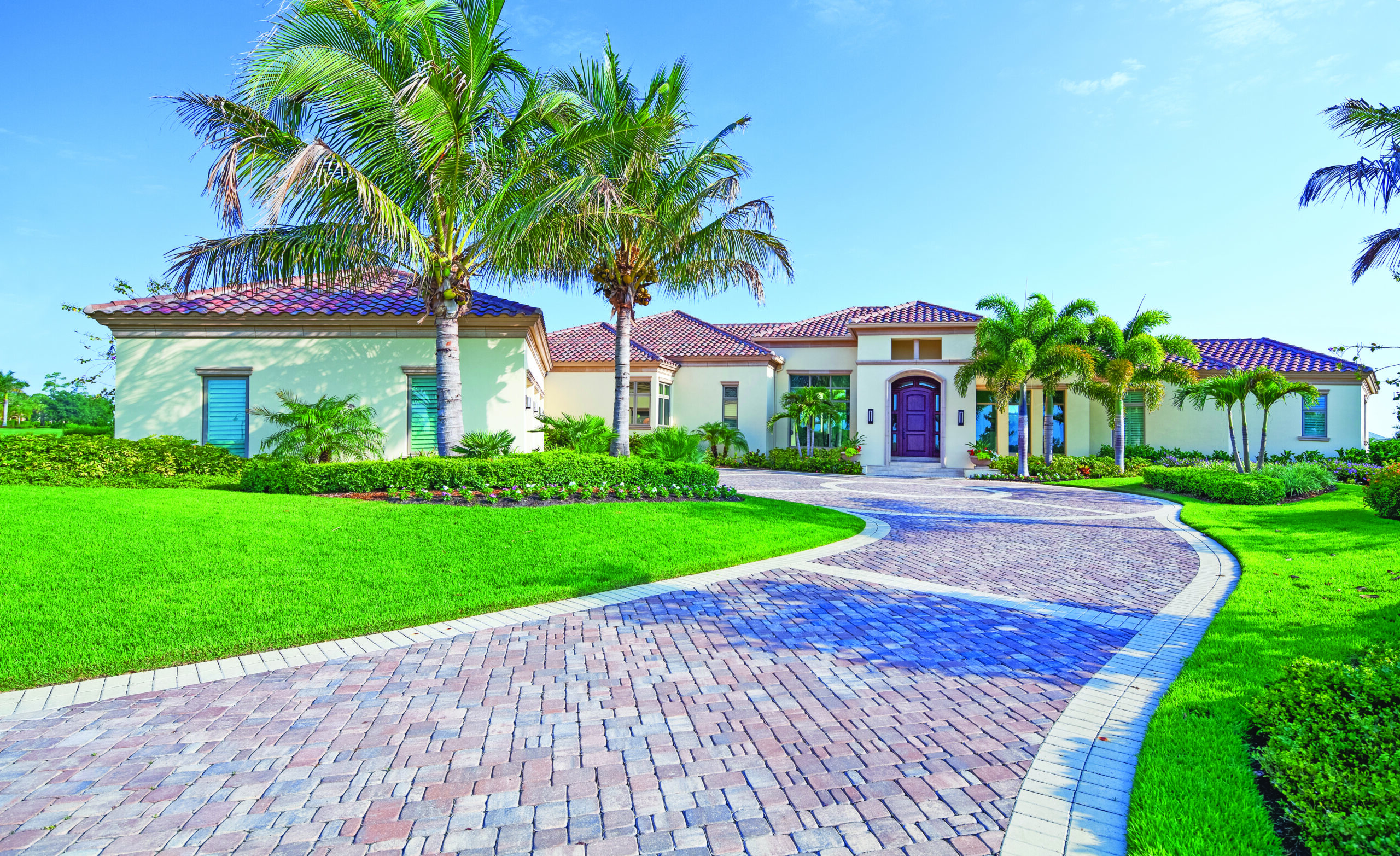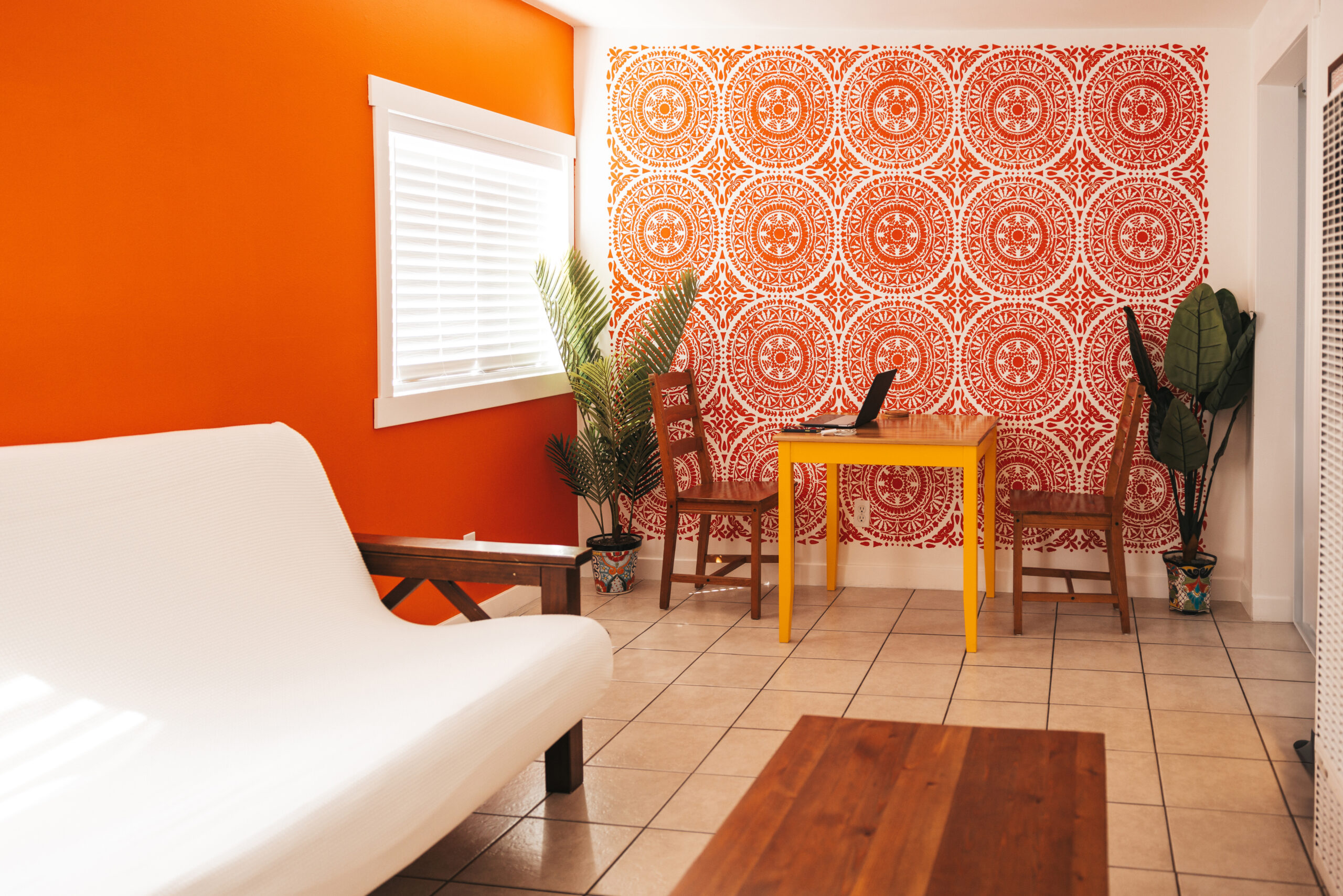A beautifully installed paver patio or driveway can transform your outdoor space, but without proper edging, your hardscape investment may shift, spread, or deteriorate prematurely. Edging serves as the critical frame that contains your pavers, prevents lateral movement, and provides a clean, finished appearance. Whether you’re installing a new paver project or upgrading an existing one, selecting the right edging material and style is essential for both aesthetics and structural integrity. This article explores the various paver edging options available and helps you determine the best edging for pavers based on your specific project needs.
The Importance of Quality Paver Edging
Paver edging does much more than create a neat appearance for your hardscape project. Properly installed edging restraints are the unsung heroes that maintain the structural integrity of your paver installation for years to come. Without adequate edging, the outward force created by foot traffic, vehicle weight, and natural ground movement can cause pavers to shift and separate over time. This movement creates gaps where weeds can grow, water can penetrate, and frost heave can occur. Additionally, driveway edging must be particularly robust to withstand the constant pressure of vehicles, while patio edging ideas might focus more on complementing your landscape design. When planning your project, dedicating time to selecting appropriate edging will pay dividends in durability and reduced maintenance requirements.
Plastic and Metal Edging Options
Among the most popular paver edging options are plastic and metal systems. Plastic edging is lightweight, relatively inexpensive, and easy to install, making it a common choice for DIY patio projects. Modern plastic edging products feature L-shaped designs with spikes that secure into the ground, providing reasonable restraint for residential applications. While plastic edging is flexible enough to create curved edges, it may not offer the longevity required for high-traffic areas.
Metal edging, typically made from aluminum or steel, offers superior strength and a sleek, professional appearance. Aluminum edging won’t rust, making it ideal for regions with heavy rainfall or snow where deicing chemicals might be used. Steel edging, while susceptible to rust unless galvanized or powder-coated, provides exceptional rigidity. Both metal options create crisp, clean lines that complement contemporary landscape designs and can be nearly invisible when properly installed. For high-end paver driveways or commercial installations, metal edging often represents the best edging for pavers due to its strength and professional finish.
Natural Stone and Concrete Options
For those seeking patio edging ideas with a more natural aesthetic, stone and concrete options provide both beauty and functionality. Natural stone edging, such as bluestone, granite, or limestone, creates a seamless transition between hardscaped and landscaped areas. These materials can be installed vertically as a border or horizontally as a transitional surface, allowing for creative design expressions while effectively containing your pavers.
Concrete curbing offers another robust solution, particularly for driveway edging where strength is paramount. Available in precast sections or installed as continuous poured concrete, these edges can be colored and textured to complement your pavers. According to design experts at AskHomey, concrete edging provides one of the strongest restraint systems available, especially when reinforced with rebar for maximum durability in regions with freeze-thaw cycles or heavy vehicle traffic.
Brick and Paver Border Systems
Using the same or complementary pavers as border edging creates a cohesive, integrated look for your hardscape project. This approach involves installing a row or multiple rows of pavers in a different pattern, color, or orientation to define the edge. Often, these border pavers are mortared in place or set on a concrete footing to provide additional stability. This edging technique works exceptionally well for both patio edging ideas and driveway applications, offering a seamless design that appears intentional rather than utilitarian.
For curved installations, soldier course edging (pavers set vertically in a row) provides both visual interest and excellent restraint. Sailor course installations (pavers set horizontally but perpendicular to the field pattern) create a more subtle border effect while still containing the main paver field. These techniques require more precision during installation but yield professional results that enhance the overall appearance of your paver project.
Choosing Based on Project Requirements
When selecting the best edging for pavers, consider several factors specific to your installation. Climate conditions significantly impact edging performance—areas with frequent freeze-thaw cycles require more robust edging solutions than temperate regions. Similarly, soil conditions affect how well certain edging types will perform; sandy soils may require deeper edging installation, while clay soils might exert more lateral pressure during wet periods.
The intended use of your paved area should heavily influence your edging selection. Driveway edging must withstand vehicle weight and turning forces, while garden pathway edging may prioritize aesthetic considerations. Your budget also plays a role, as edging costs vary significantly from economical plastic options to premium natural stone borders. Finally, your personal maintenance preferences matter—some edging types require periodic realignment or replacement, while others offer decades of service with minimal attention.
Installation Considerations
Regardless of which paver edging options you select, proper installation remains crucial for performance. Most edging systems should be installed on a compacted base that extends beyond the paver field. Securing edging with appropriate fasteners at recommended intervals prevents failure points, while backfilling against the outer edge with compacted soil or landscape material provides additional support. For projects with significant grade changes or retaining functions, consult with a professional contractor to ensure your edging system can manage both restraint and drainage requirements effectively.
For more tips and to connect with reliable home service professionals, follow AskHomey on Facebook and Instagram.



